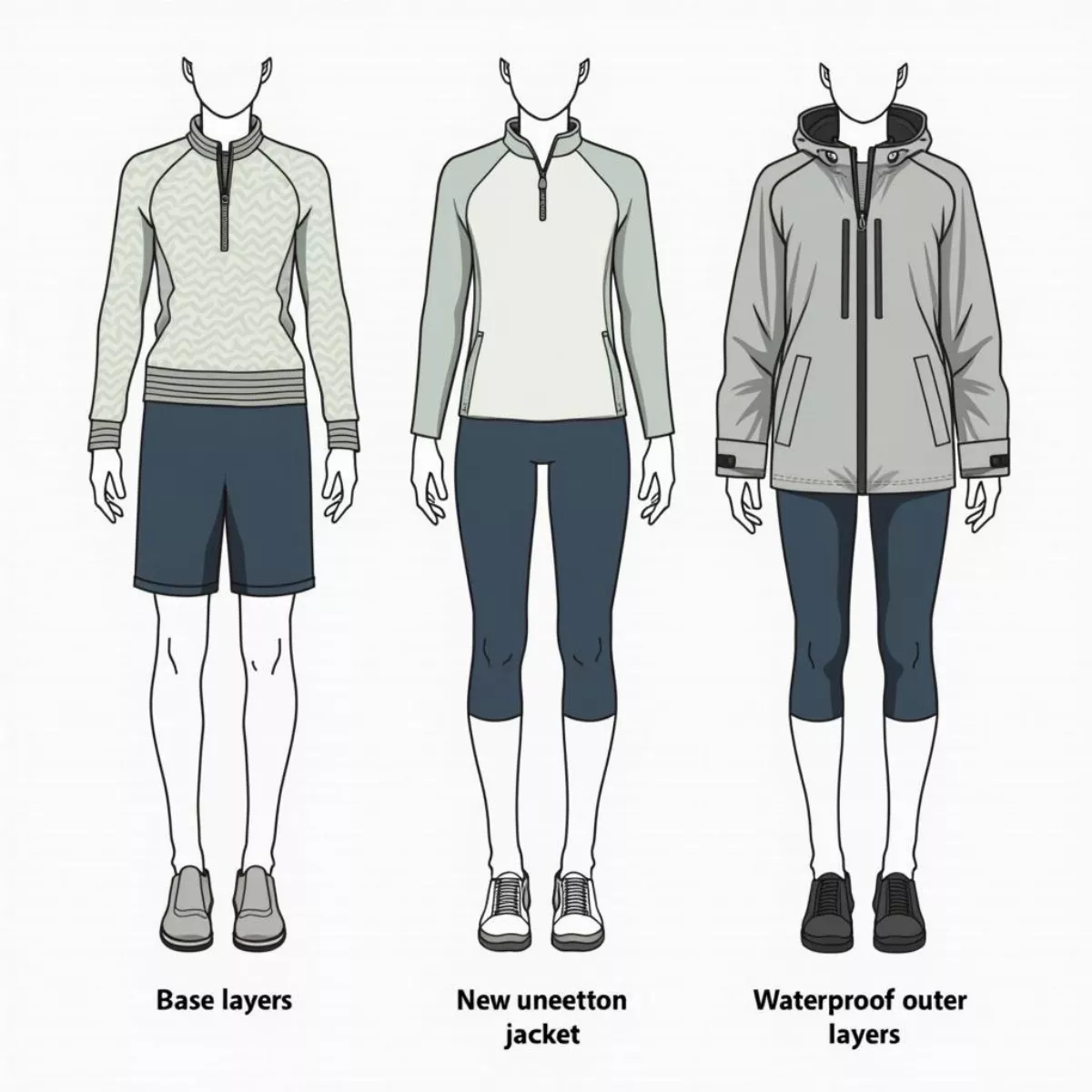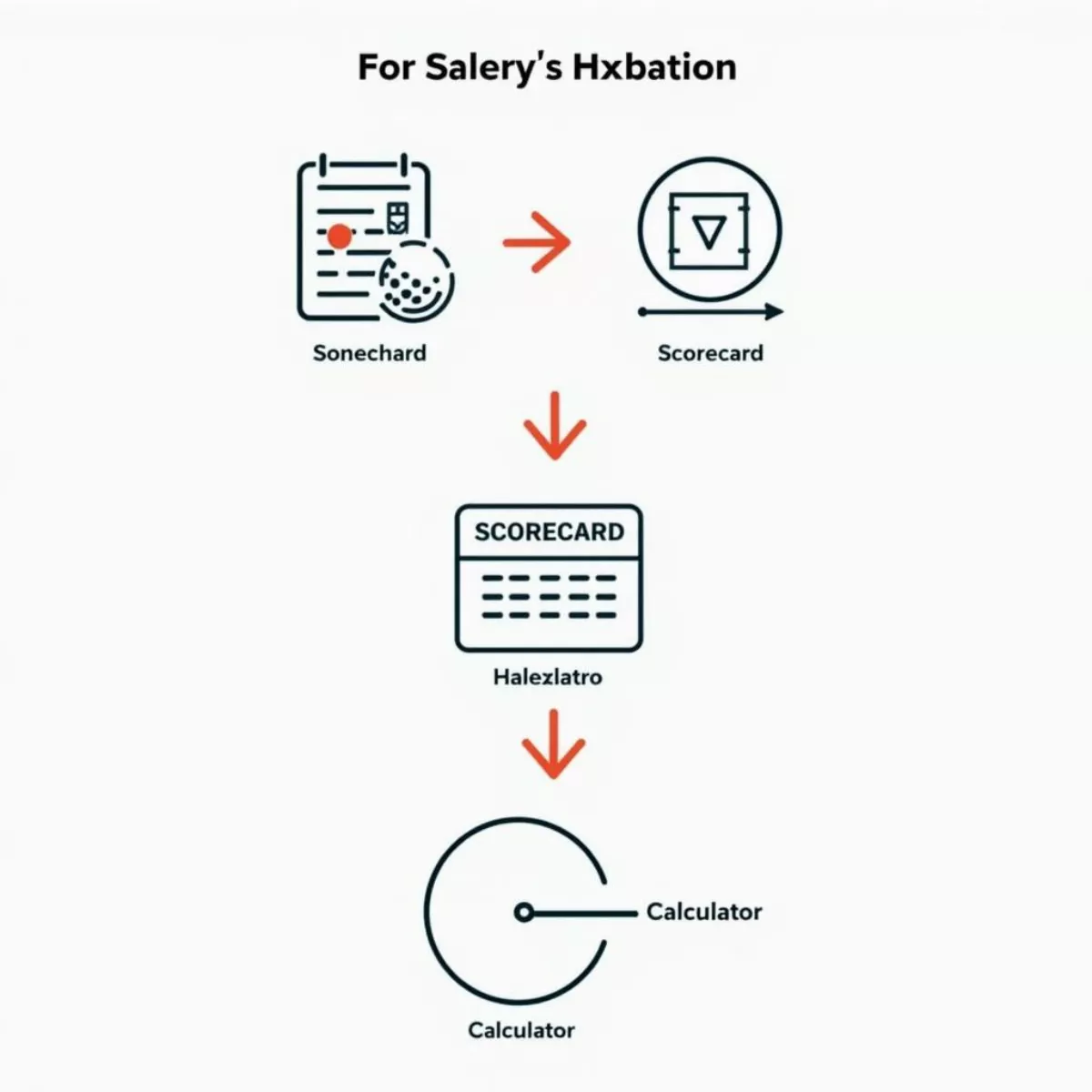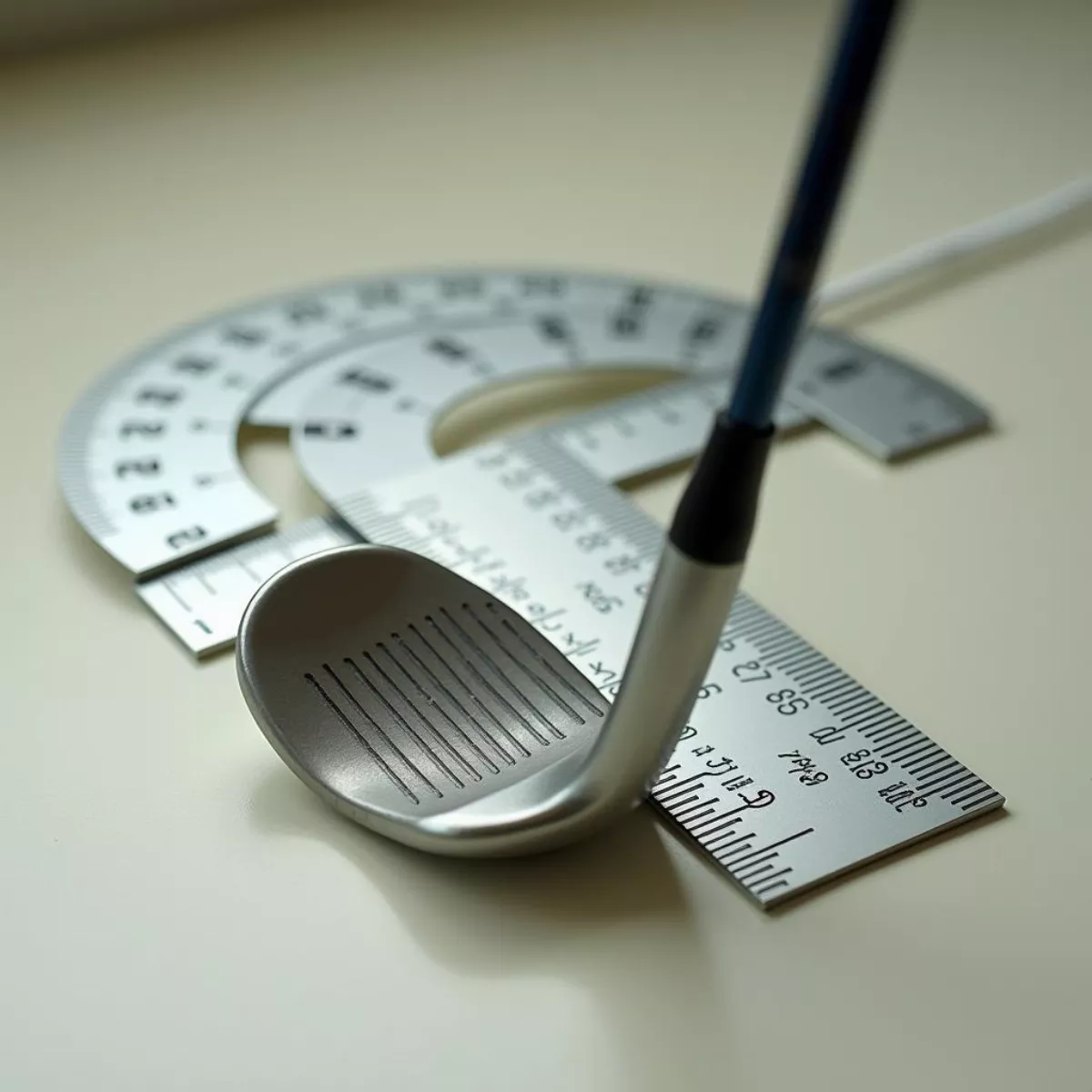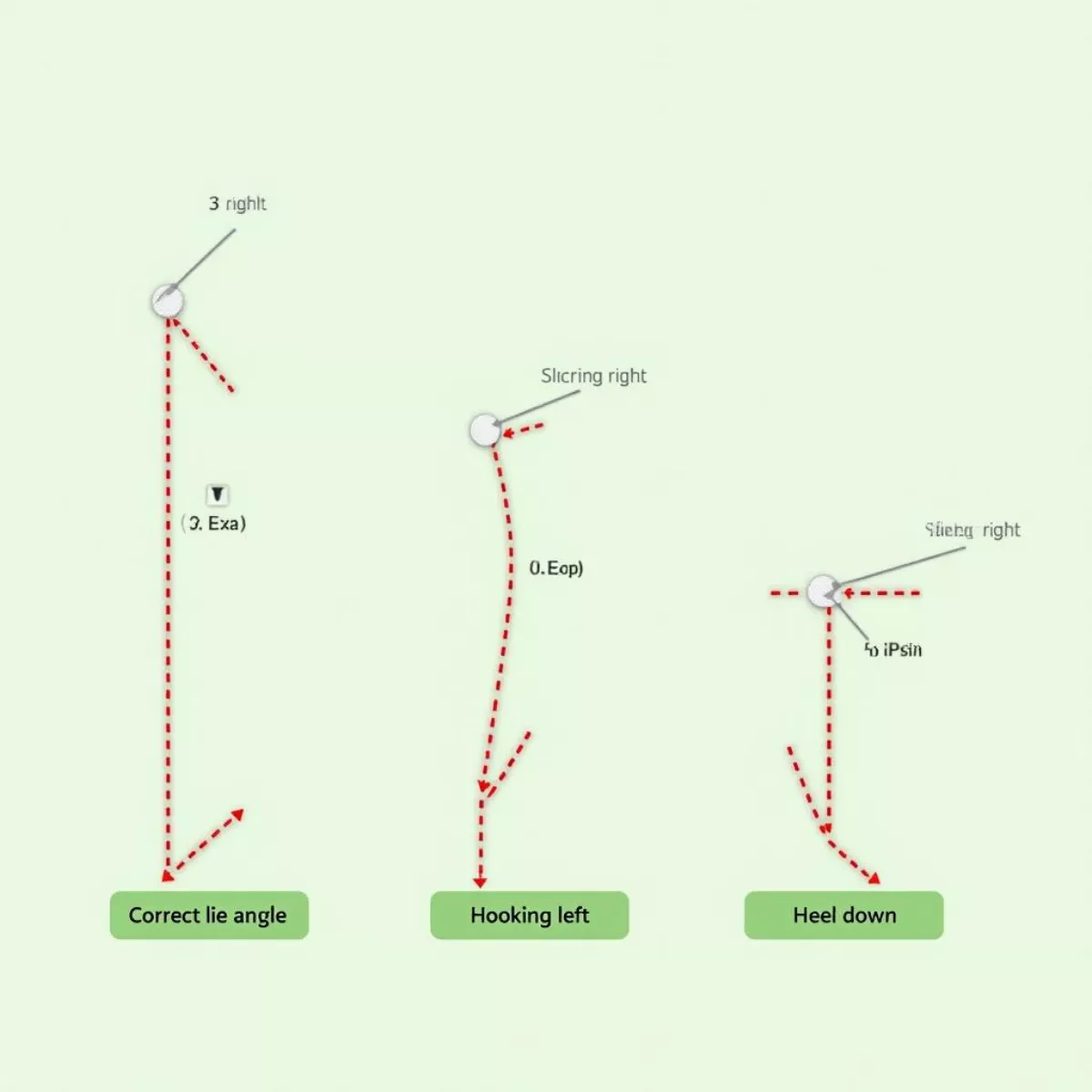Golf, a sport rooted in tradition and strategy, offers various formats for players to showcase their skills. Among these formats, stroke play stands out as one of the most popular and widely practiced. Whether you’re a beginner or a seasoned golfer, understanding stroke play is crucial to enhancing your game.
In this guide, we will delve deeply into what stroke play entails, its rules, scoring system, and tips for improvement. Let’s tee off!
What is Stroke Play?
Stroke play is a format of golf wherein each player counts the total number of strokes taken during a round or a series of rounds. The objective is simple: each golfer aims to complete the course in as few strokes as possible.
Key Features of Stroke Play
- Total Strokes Counted: Every stroke taken during the round is recorded, including swings at the tee, putts, and penalties.
- Multiple Rounds: Stroke play can be played over a single round or multiple rounds, often seen in tournaments.
- Low Score Wins: The player with the lowest total score at the end of the designated rounds emerges as the winner.
History of Stroke Play
The roots of stroke play can be traced back to the early days of golf in Scotland. While the game has evolved over centuries, stroke play has remained a staple format, especially in professional golf, used in major championships like the Masters and the U.S. Open.
 Golf course overview
Golf course overview
The Scoring System in Stroke Play
Understanding how scoring works in stroke play is critical for players. Here’s a breakdown of the scoring system:
- Count Every Stroke: Each time you hit the ball, it counts as a stroke. This includes swings at the ball, penalties, and any additional strokes for a missed shot.
- Recording Scores: Scores are usually recorded on a scorecard.
- Final Score Calculation: At the end of the round, sum up the total strokes. The player with the lowest score wins.
Example of Scoring
Let’s say three players, Alice, Bob, and Clara, complete a round. Their scores are as follows:
| Player | Strokes Taken |
|---|---|
| Alice | 80 |
| Bob | 75 |
| Clara | 82 |
In this case, Bob would be the winner of the round.
Stroke Play vs. Other Formats
While stroke play is popular, other formats are worth mentioning:
- Match Play: In this format, competitors play against each other hole by hole. The player who wins the most holes wins the match.
- Stableford: Players earn points based on their scores relative to par, focusing on accumulating points rather than counting total strokes.
| Format | How It Works | Key Feature |
|---|---|---|
| Stroke Play | Total strokes over rounds | Lowest total score wins |
| Match Play | Compete hole by hole | Win individual holes |
| Stableford | Points system based on score relative to par | Focus on points over strokes |
 Golfers competing in a tournament
Golfers competing in a tournament
Tips for Success in Stroke Play
For those looking to improve their game, mastering stroke play requires skill, strategy, and mental fortitude. Here are some essential tips to keep in mind:
- Focus on Consistency: Aim for consistent shots rather than attempts for distance.
- Practice Putting: Since a significant amount of strokes come from putting, honing this skill can dramatically lower your score.
- Course Management: Be strategic about which shots you take, considering your strengths and weaknesses.
- Mental Preparation: Stay calm and focused throughout the round; a clear mind helps with decision-making.
Many golfers find that a solid pre-round routine helps them enter the game in the right mindset.
Visualization Techniques
Visualization can significantly impact your performance. Picture your shot and the desired flight path before executing it. This technique helps focus your mind and can improve accuracy.
 Golfer visualizing the shot
Golfer visualizing the shot
The Importance of Course Knowledge
Understanding the course layout is key to success in stroke play.
- Study the Scorecard: Familiarize yourself with the course, including the par and difficulty of each hole.
- Look for Trouble Areas: Identify hazards like bunkers and water and plan your approach.
“Knowing the course can help you avoid mistakes and strategize each hole more effectively.“
Preparing for a Stroke Play Tournament
If you’re gearing up for a tournament, preparation is key. Here are some steps to help you get ready:
- Practice Regularly: Leading up to the event, ensure you’re practicing both driving and putting.
- Physical Conditioning: Engage in exercises that enhance your flexibility and strength to improve your swing.
- Review Your Strategy: Have a game plan based on the course layout and your skills.
By preparing effectively, you’ll increase your chances of success in stroke play tournaments.
 Golfer preparing for tournament
Golfer preparing for tournament
Key Takeaways
- Stroke play is a popular format in golf focusing on total strokes taken.
- Players compete to achieve the lowest score over one or more rounds.
- Understanding scoring and rules is crucial for all golfers.
- Consistency, practice, and mental preparation can significantly improve performance.
- Familiarize yourself with the course to enhance strategy and decrease strokes.
Frequently Asked Questions (FAQ)
- What is the difference between stroke play and match play?
- Stroke play counts total strokes for the entire round, while match play competes hole by hole.
- How are ties broken in stroke play?
- In many tournaments, ties can be broken with a sudden-death playoff.
- Can I use a caddy in stroke play?
- Yes, players can employ caddies for assistance with club selection and course strategy.
- Do penalties affect my score in stroke play?
- Yes, penalties add strokes to your total score, so it’s vital to adhere to the rules.
- What should I focus on when practicing for stroke play?
- Prioritize putting, course management, and consistency in your swing.
Whether you’re just starting or looking to take your game to the next level, understanding stroke play is essential for any golfer. Remember, the journey is all about continuous improvement and enjoyment of the game. Happy golfing!

 Golf Pants Styles
Golf Pants Styles Golf Outfit with Accessories
Golf Outfit with Accessories
 Essential Golf Accessories for Women
Essential Golf Accessories for Women Layering Golf Attire for Women
Layering Golf Attire for Women Confident Woman Golfer on the Green
Confident Woman Golfer on the Green
 Golfer Placing Golf Ball
Golfer Placing Golf Ball Golf Ball in Mud
Golf Ball in Mud
 Golf Scorecard Birdie and Bogey
Golf Scorecard Birdie and Bogey Golfer Planning Next Shot
Golfer Planning Next Shot
 Golfers Competing Fairly
Golfers Competing Fairly Golfer Analyzing Scorecard
Golfer Analyzing Scorecard
 Golf ball flight paths based on lie angle
Golf ball flight paths based on lie angle Golfer getting fitted for clubs
Golfer getting fitted for clubs
 Golfer Selecting Club from Bag
Golfer Selecting Club from Bag Golfer Practicing Approach Shots at Driving Range
Golfer Practicing Approach Shots at Driving Range Golf Scorecard and Pencil
Golf Scorecard and Pencil
 Golfer Analyzing Shot Data on Smartphone
Golfer Analyzing Shot Data on Smartphone Golfer Selecting Club From Golf Bag
Golfer Selecting Club From Golf Bag
 Golfer teeing off on golf course
Golfer teeing off on golf course Assortment of golf balls
Assortment of golf balls